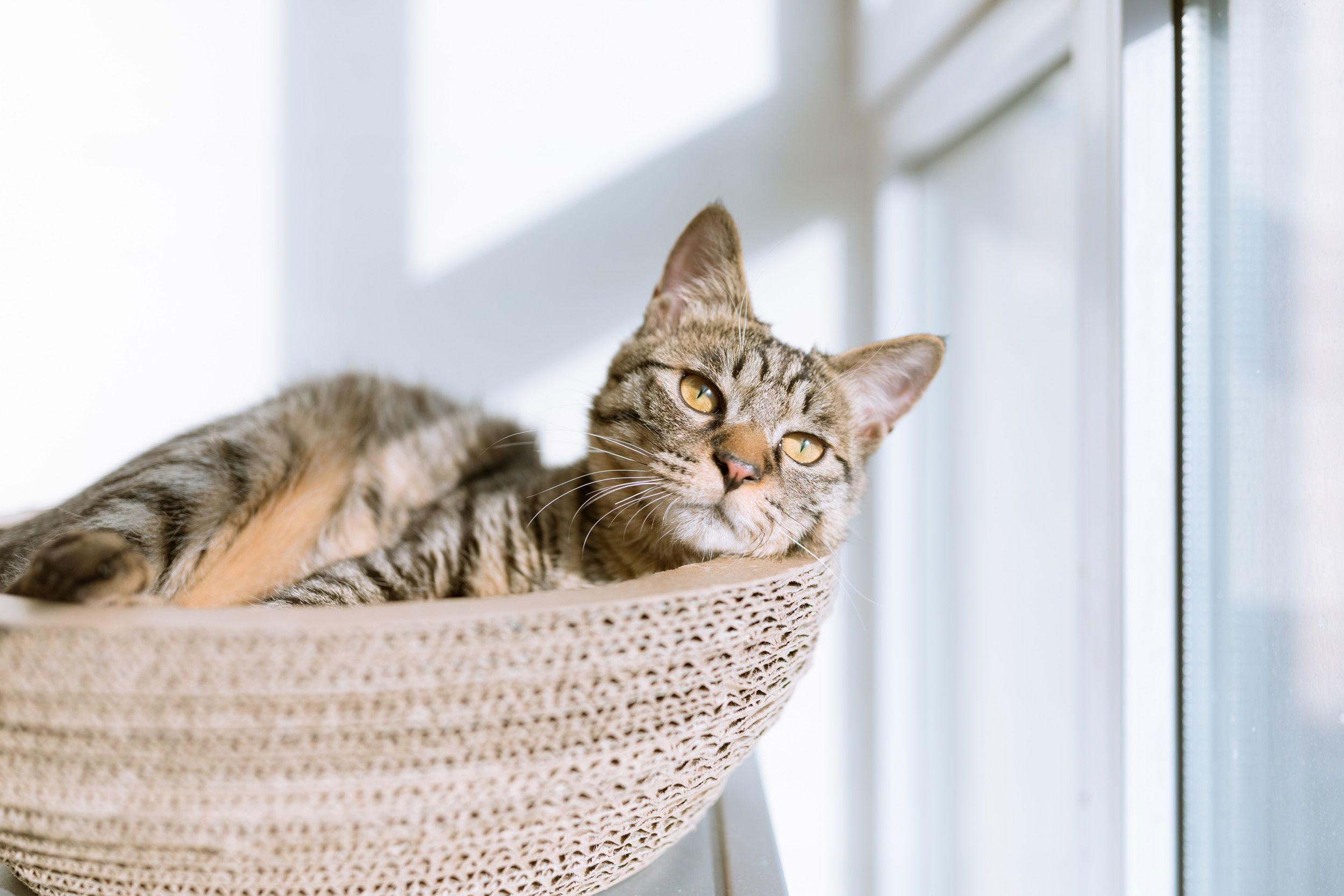Safe Home, Happy Pet: Pet-Proofing Your Living Space for Furry Friends
Welcoming a furry friend into your home brings immense joy and companionship, but it also comes with the responsibility of ensuring their safety and well-being. Just as you'd childproof your home for a little one, pet-proofing is crucial to create a safe environment for your four-legged family members. This article delves into the various steps you can take to pet-proof your living space and keep your furry friends safe, happy, and healthy.

Understanding Pet-Proofing
Pet-proofing involves making adjustments to your home to minimize potential hazards and risks for your pets. Just like humans, pets are naturally curious, and they may explore their surroundings with their mouths and paws. It's essential to identify and address potential dangers to create a safe and comfortable environment for your furry companions.
Identify and Remove Toxic Substances
Pets can accidentally ingest toxic substances, leading to serious health issues. Common household items that can be harmful to pets include certain plants, cleaning products, medications, and foods like chocolate, grapes, and onions. Make sure these items are stored securely out of your pets' reach.
Secure Trash Bins
Curious pets might explore trash bins in search of something interesting to chew on or eat. Use pet-proof trash bins with secure lids to prevent access, reducing the risk of your pets consuming something harmful.
Keep Cords and Cables Out of Reach
Electrical cords and cables can be enticing chew toys for pets, leading to electric shock or ingestion of dangerous materials. Use cord protectors, cable organizers, or wall-mounted cable covers to keep cords safely tucked away.
Choose Pet-Safe Plants
Certain plants can be toxic to pets if ingested. Research pet-friendly plants and avoid those that could be harmful. Place plants in areas that are out of reach, or consider hanging plants to prevent nibbling.
Hide Small Objects
Pets, especially puppies and kittens, may swallow small objects like buttons, coins, or toys, leading to choking hazards or intestinal blockages. Keep small items off the floor and use pet-safe toys that are designed to prevent such risks.
Install Pet Gates
Pet gates are useful tools to restrict access to certain areas of your home, especially when you're not able to supervise your pets closely. Use gates to keep pets out of rooms that contain potential dangers.
Secure Cabinets and Drawers
Pets, particularly cats, may be skilled at opening cabinets and drawers. Use childproof locks or latches to prevent them from accessing cabinets that store harmful substances.
Supervise Open Flames
Candles and open flames can pose a fire hazard if knocked over by curious pets. Use flameless candles or place traditional candles in areas that are inaccessible to pets.
Use Pet-Friendly Cleaning Products
Many household cleaning products contain chemicals that can be harmful to pets if ingested or if their paws come into contact with treated surfaces. Opt for pet-safe cleaning products or thoroughly rinse surfaces after using regular cleaning agents.
Create a Safe Space
Designate a safe and cozy space for your pets, equipped with their bed, toys, and water. This space gives them a retreat where they can feel secure and relax, especially when the environment gets too busy.

Conclusion
Pet-proofing your living space is an essential part of responsible pet ownership. By taking proactive steps to identify and mitigate potential hazards, you can create a safe haven where your furry friends can thrive without unnecessary risks. Remember that pets, like children, rely on their human companions to keep them safe, so investing time and effort into pet-proofing is a crucial aspect of being a caring and responsible pet owner.
Sources:
- American Society for the Prevention of Cruelty to Animals (ASPCA). (2021). Pet-Proofing Your Home. https://www.aspca.org/pet-care/general-pet-care/pet-proofing-your-home
- PetMD. (2021). Pet-Proofing Your Home Room by Room. https://www.petmd.com/dog/slideshows/evr_multi_pet_proofing_your_home
- American Humane. (2021). Pet-Proofing Your Home. https://www.americanhumane.org/fact-sheet/pet-proofing-your-home/
- The Humane Society of the United States. (2021). Pet-Proofing Checklist for Your Home. https://www.humanesociety.org/resources/pet-proofing-checklist-your-home
- Pet Poison Helpline. (2021). Pet-Proofing Your Home. https://www.petpoisonhelpline.com/pet-owners/basics/pet-proofing-your-home/